What to expect at your skin test?
These tests are relatively quick and painless using a method called “scratch” testing. They are performed by our certified technicians. You may need to stop taking certain medicines before the test. These include antihistamines and antidepressants. We will let you know which medicines to avoid before you test and for how long. Refer to our Resources for common medications to avoid.
What is an allergy skin test?
Allergy skin testing is a series of tests on the skin that involves applying a small amount of an “extract” containing different allergens that will be applied with a plastic applicator. The skin is not broken during testing. Reactions are measured 15-20 minutes after testing has been applied. Positive reactions may itch or cause mild discomfort. Allergy skin testing can be performed for environmental allergies, foods, insects, and some medications.

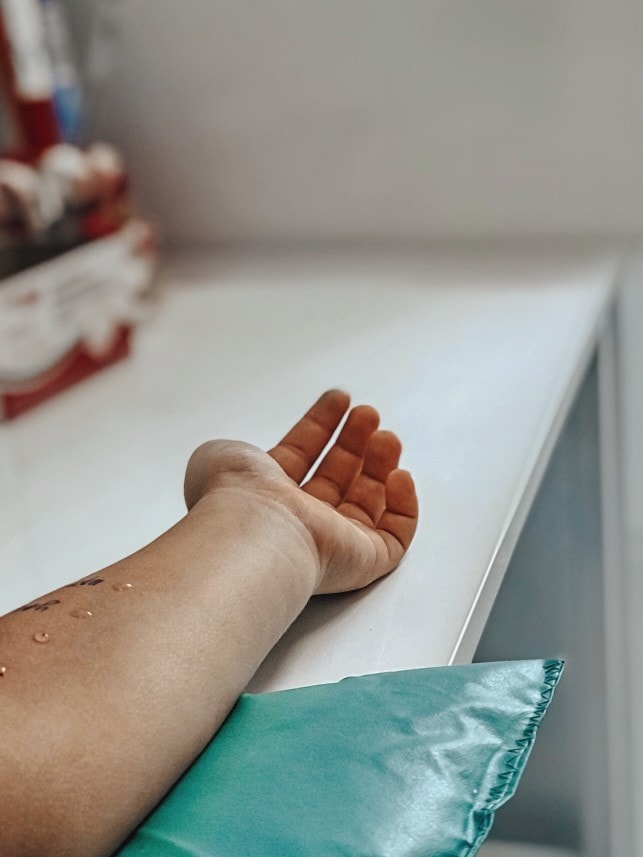
Types of Testing
- Skin Prick Test – also called a puncture or scratch test.
- Intradermal Test – this test injects a small amount of allergen just under your skin.
- Patch Test – the test puts an allergen on a patch and then sticks that on your arm or back. Patch tests take more time, you’ll have to wear a patch for about 48 hours in case you have a delayed reaction to the allergen.
If you receive a patch test, you’ll go home with bandages on your skin. Don’t get these areas wet — no baths or swimming. When you go back to us in a couple of days, we will take another look at your skin.
What type of testing will be performed is determined by your doctor at the time of visit.
We will interpret the findings of allergy skin testing based on your case history and allergy symptoms. In addition to any current medications for allergy symptoms, we will guide how to reduce potential allergic reactions by taking preventative steps.
Skin Prick Test
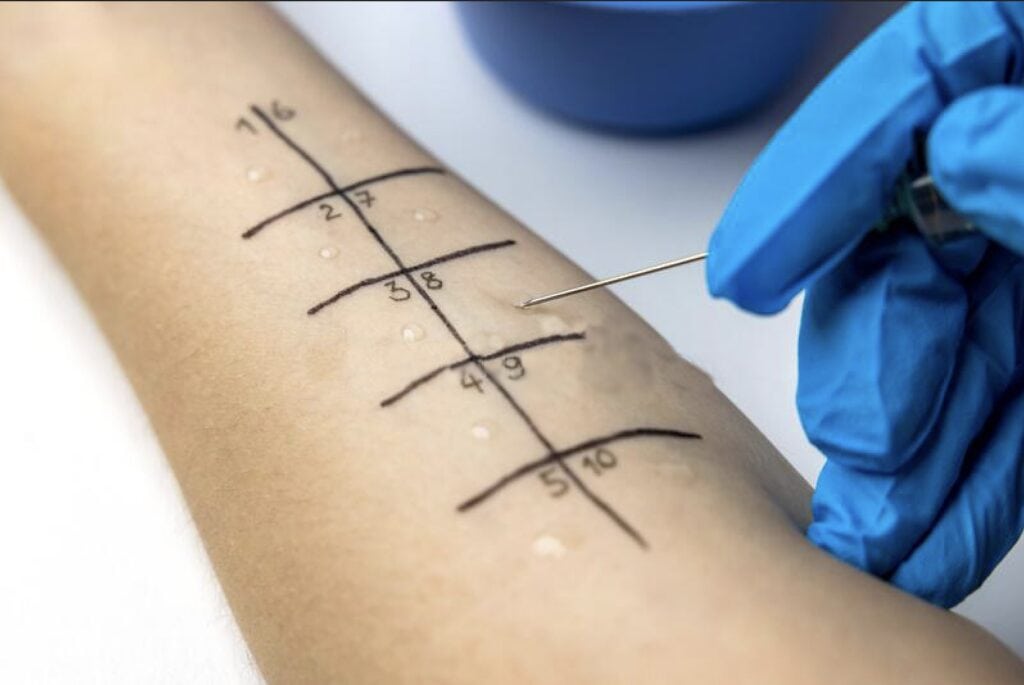
This is a type of allergy test that involves exposing a person's skin to small amounts of specific allergens to determine if an allergic reaction occurs. During the test, a healthcare provider places a drop of the suspected allergen onto the skin, usually on the forearm or back, and then pricks or scratches the skin to allow the allergen to enter. The skin is then monitored for a reaction, which typically appears as a small, itchy bump or redness at the site of the prick. Skin prick tests are commonly used to test for allergies to pollen, dust mites, pet dander, and certain foods. The test is generally safe and takes only a few minutes to perform.
Intradermal Test
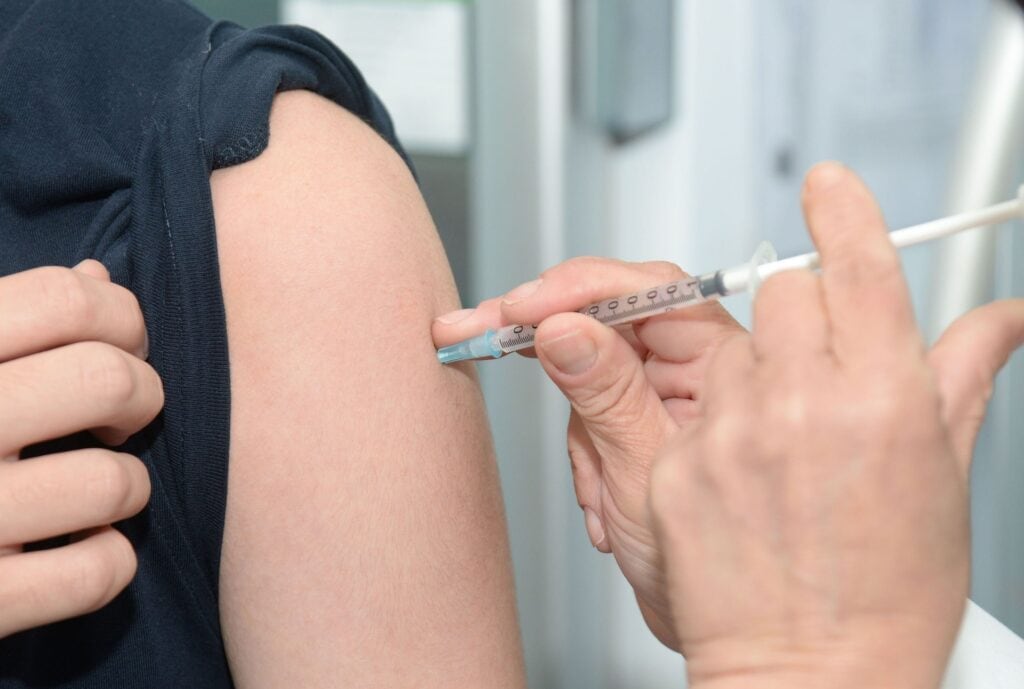
It is typically performed on the forearm or upper back. The injection is given with a very small needle, usually at an angle so that the allergen stays just beneath the surface of the skin. Intradermal tests are generally used when skin prick tests are inconclusive or when a person has a suspected allergy to an allergen that is not available in the form of an extract for skin prick testing. Intradermal tests are more sensitive than skin prick tests and can detect some allergies that may be missed by skin prick testing. However, they are also more likely to cause a false positive result, which means that a person may test positive for an allergy even if they are not actually allergic to the allergen.
Patch Test
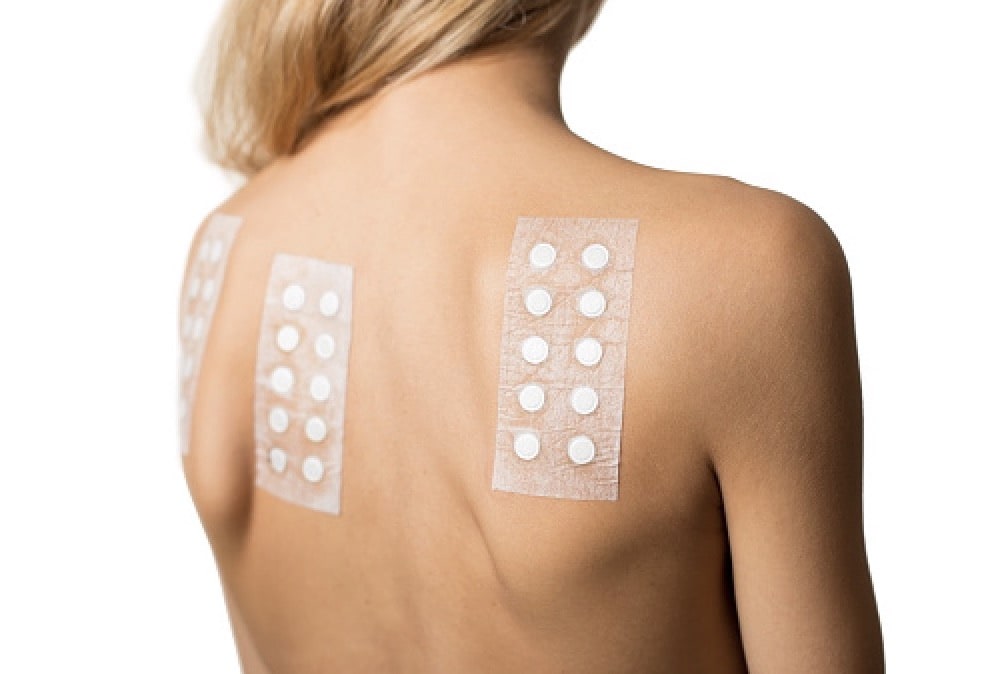
Patch testing is commonly used to test for allergies to metals, fragrances, and preservatives in personal care products and cosmetics, as well as certain medications and chemicals. This type of testing is generally safe when performed by a qualified healthcare provider. The most common side effect of patch testing is mild skin irritation or itching at the site of the patches, which usually goes away on its own.
Allergy Skin Test FAQ's
AZ Allergy Associates Allergy Skin Tests
There are three main ways to get allergens to react with your skin but the steps vary depending on what type of test you’re having.
- Skin Prick Test – also called a puncture or scratch test. The providers draw marks on your skin (usually on the forearm for adults and the upper back for the children) after cleaning with alcohol. Then they’ll apply a drop of a potential allergen on each of those spots and uses a lancet to prick the extracts into the skin’s surface.
- Intradermal Test – this test injects a small amount of allergen just under your skin.
- Patch Test – the test put an allergen on a patch and then stick that on your arm or back.
The pricking part of scratch and intradermal tests takes about 5 to 10 minutes. Then you’ll wait about 15 minutes to see how your skin reacts. Therefore plan for an hour-long appointment.
Patch tests take more time, you’ll have to wear a patch for about 48 hours in case you have a delayed reaction to the allergen.
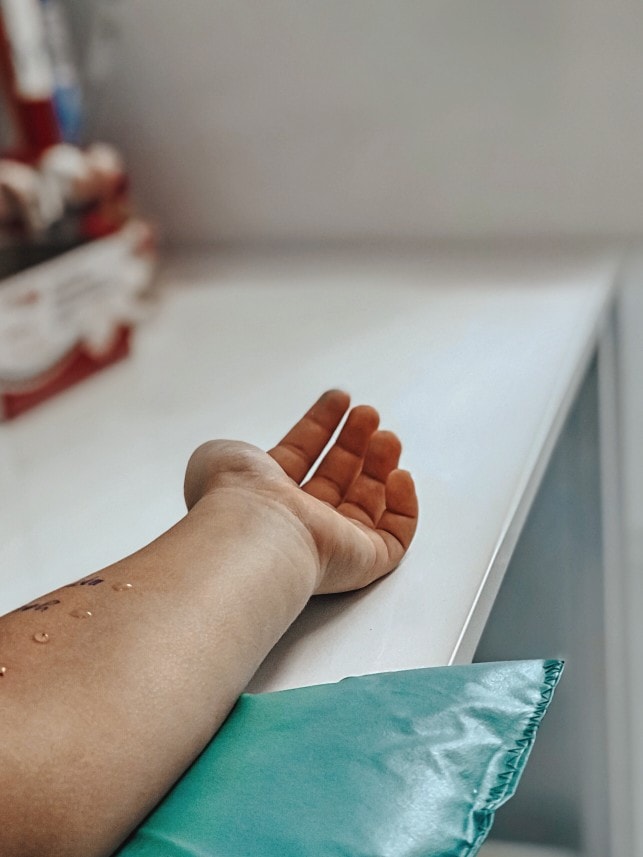
What to expect from our service?
An allergy skin test isn’t painful. This type of testing use needles (lancets) that barely penetrate the skin’s surface. You won’t bleed or feel more than mild, momentary discomfort.
In either case, we will keep a close eye on the signs of a small hive or bump at the test site. The size of the bump will give you details about the sensitivity level. After the test, the bump should fade quickly, and no other side effects should remain.
Will I need to do anything to prepare for the test?
- You may need to stop taking certain medicines before the test. These include antihistamines and antidepressants. We will let you know which medicines to avoid before your test and how long to avoid them.
- If your child is being tested, we will apply a numbing cream to his or her skin before the test.
After the test, we will clean any extracts and ink marks off your skin with alcohol. You may need to use a mild cortisone cream to ease itching.
If ever you get a patch test, you’ll go home with bandages on your skin. Don’t get these areas wet — no baths or swimming. When you go back to us in a couple of days, we will take another look at your skin.